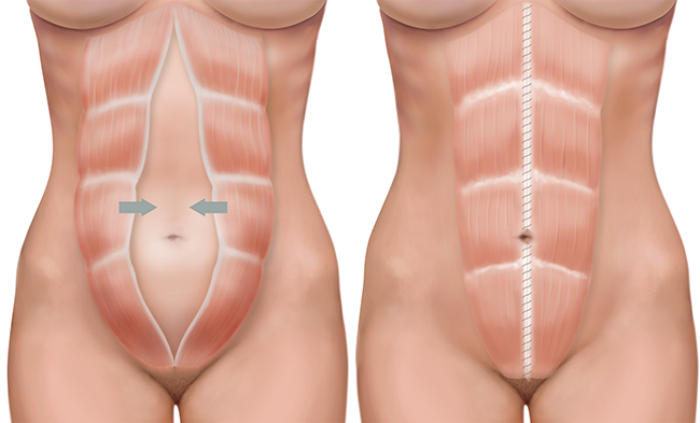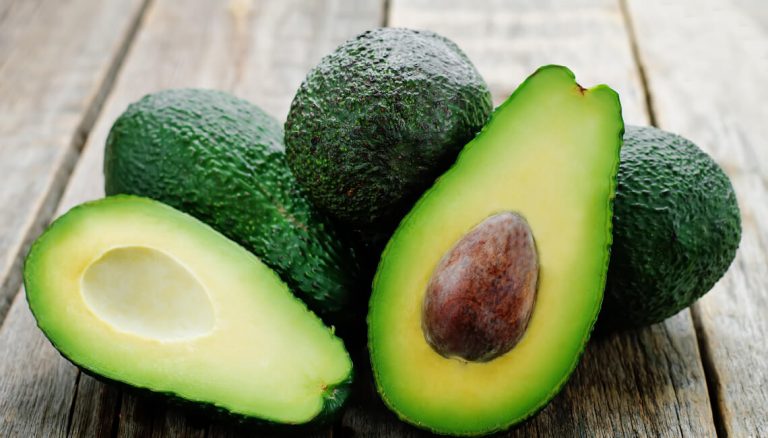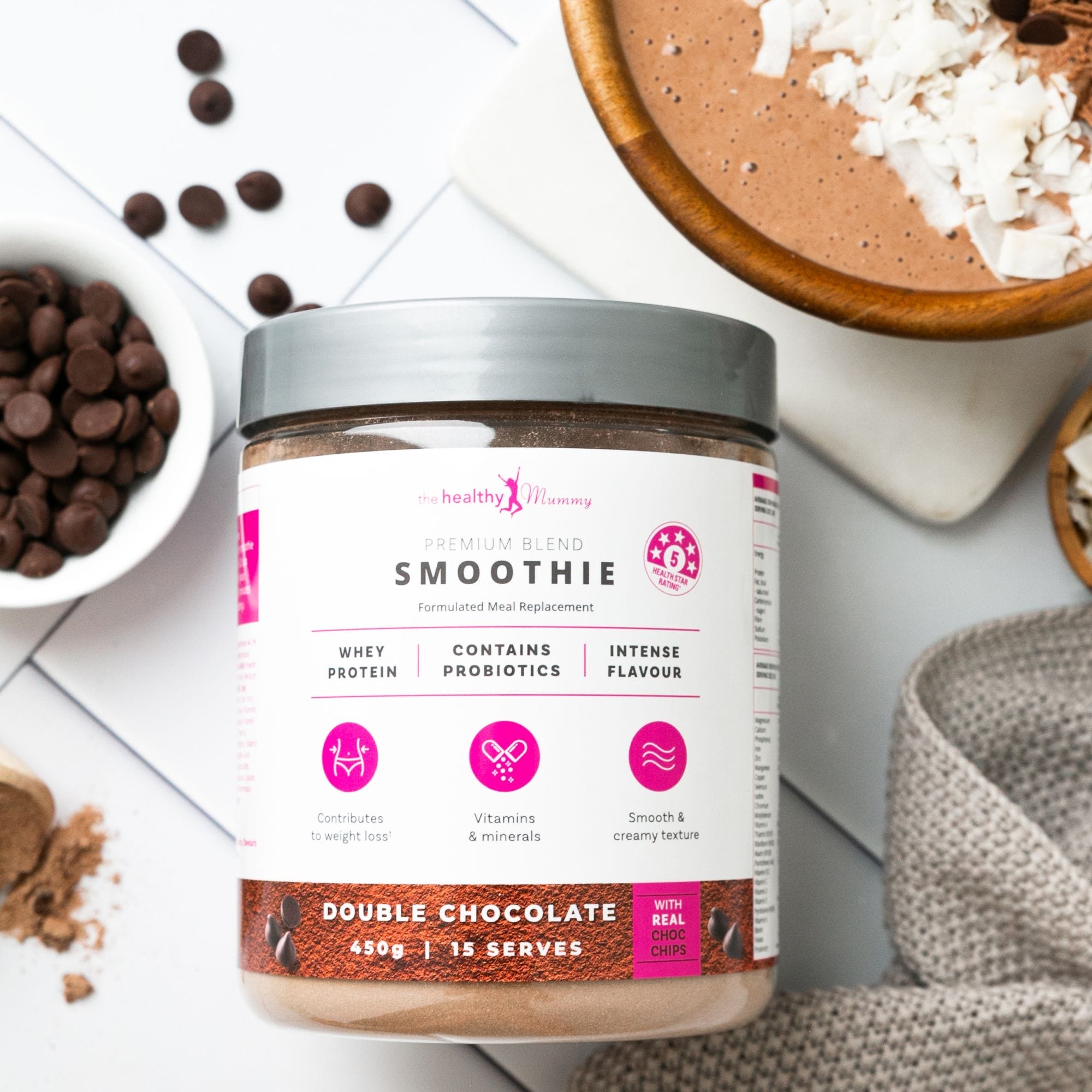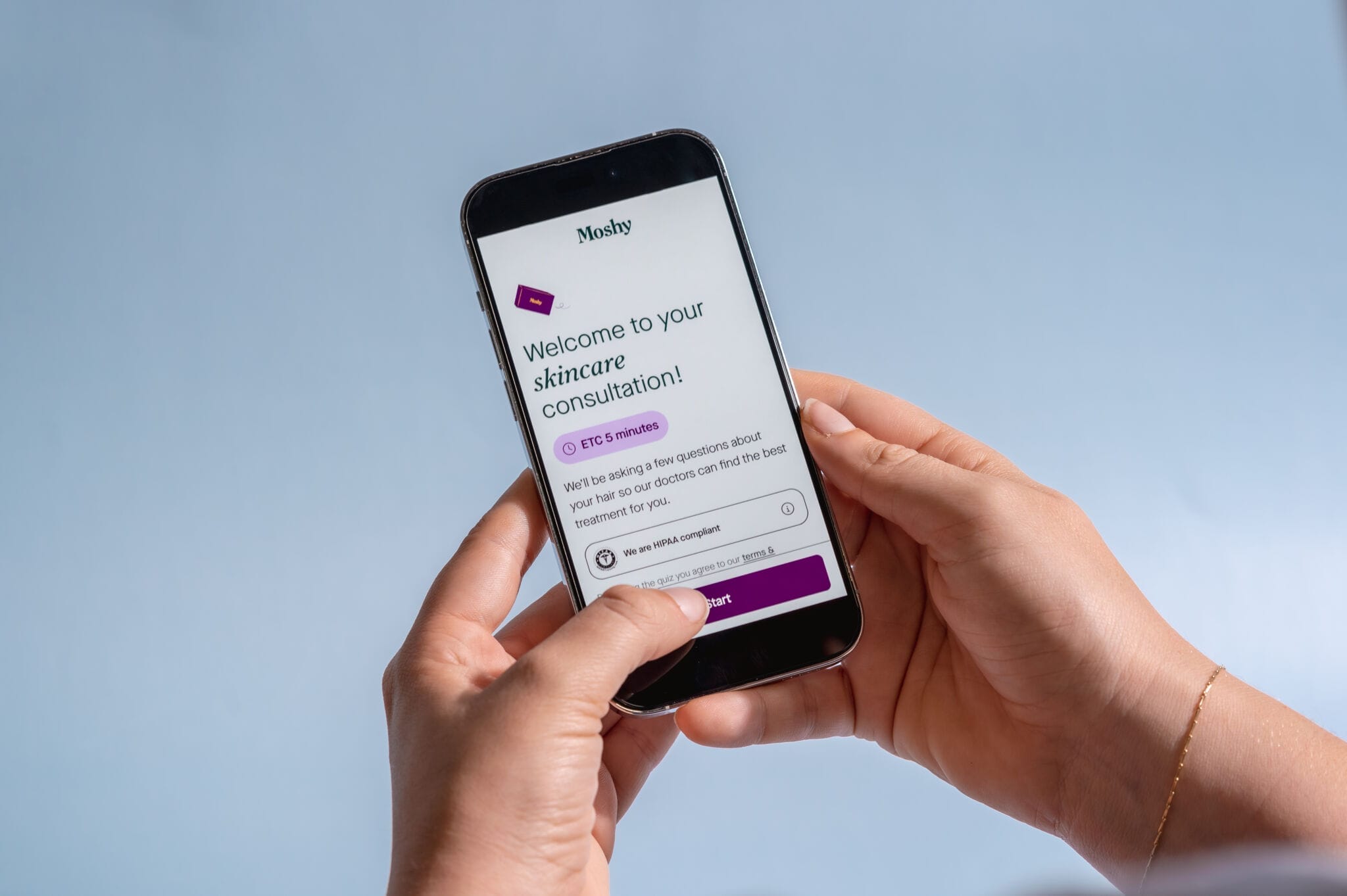New exercises to support MUSCLE SEPARATION are HERE
We’re THRILLED to announce that there is a brand new extension to our 28 Day Weight Loss Challenge App – with the arrival of our new exercises supporting muscle separation!
Muscle separation usual occurs after pregnancy. This occurs because as your baby grows, so does the chance of you developing separated abs.
Generally, this is no problem, as the female body is designed to foster and birth babies. But on an aesthetic level, a lot of women are taken aback by the unseemly bulging ridge that can form and grow along the midline of your belly.
In understanding muscle separation or Diastasis Recti, it is important to discuss the muscles and tissues that come into play when muscle separation takes place.

Muscle separation during and after pregnancy – what happens
Most women have some separation occur during pregnancy which is normal, however there it is a significant gap, it is important to take the right steps to rectify it before starting back your workout regime.
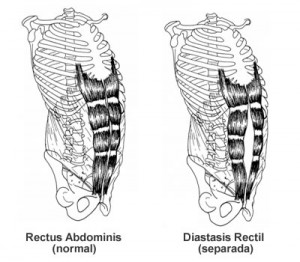
Your Rectus Abdominis are your most surface level abdominals, also known as the famous “six-pack”. Beneath these, are your deeper abdominals, called the Transversus Abdominis or “T.A” and on the sides are your Oblique muscles.
Holding these muscles together in the middle is tissue called the Linea alba, which stretches during pregnancy to assist with all the muscular and ligament changes that take place.
Some separation between your Rectus Abdominus abdominal muscles (your “six-pack”) is normal in all women, even those who have not been pregnant or given birth.
A one centimetre (or one finger) separation at the level of the belly button and under 1 cm above and below this point, is considered normal. However if the Linea alba tissue stretches too much during pregnancy, it can result in Diastasis Recti.
What are the 3 different levels of separation?
- Normal – 1cm gap
- Diastasis Recti – 2cm gap
- Severe Diastasis Recti – 4cm gap
Does it go back to normal?
Although new studies show that even severe Diastasis Recti can recover naturally postpartum (usually somewhere within 8 weeks following birth), it is important to know whether you have Diastasis Recti.
If healing does not take place, it is possible that the separation can worsen, and a decrease in abdominal strength along with other issues may occur.
How to test for muscle separation
Follow the instructions and visual aids in the Muscle Separation section of the App, to help you test for Muscle Separation. It is important you seek the advice of a medical practitioner, before you commence any exercise post-birth.
Starting Position: Lie down on your side and then roll onto your back, supporting yourself with your hands and then elbows to lie flat on your mat on the floor. Bend your knees and place your feet flat on the floor, hip width apart.
Execution:Place one hand behind your head and the other on your belly. Next, exhale, draw up through the pelvic floor and simultaneously lift your head and shoulders very slightly off the floor. Breathe deeply as you place one or two fingers inside your belly button next to each other and see how many fingers fit.
Next, repeat the exercise and this time drop your fingers 2 ½ inches lower than your navel and perform the test, placing 1-2 fingers on the centreline and see if there is a gap there.
Then, repeat the test moving your fingers 2 ½ inches above your belly button to find the natural gap between your abdominals underneath your sternum. If you have more than a 2 finger gap in any of these areas, you may have Diastasis Recti.
If you do find you have Diastasis Recti, it is very important that from 0-4 months post birth, you refrain from doing any exercises that fully engage the Rectus Abdominus muscles. These include any intense core exercises such as crunches or planks of any kind.
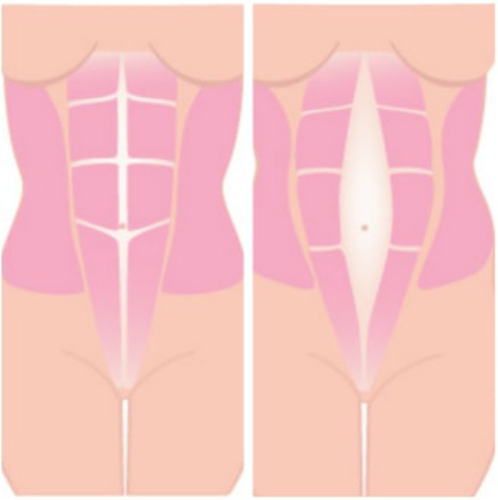
Is there a cure for muscle separation?
There is no one cure for Diastasis Recti and everybody heals differently at different times. However, with supportive exercises and rest, healing can begin in just a few weeks post birth and separation may be rectified enough within 3 or 4 months to increase exercise. Depending on the level of separation that has occurred, some separation can take longer than a few months to heal.
The good news is, many exercises are supportive for Diastasis Recti healing and although there is no one exercise regime that can technically push the abdominal muscles back together, there are a range of supportive exercise that can help to avoid further separation and balance and strengthen the deep core and surrounding muscles.
What exercises can help to strengthen and and support abdominal healing?

Deep core strengthening exercises such as those in the Healthy Mummy Postnatal beginner workouts can help to strengthen and tone the core area while allowing the abdominals to heal.
Retraining the pelvic floor muscles is another important factor in Diastasis Recti that is often overlooked. Other factors such as nutrition and reducing stress also play a crucial role in accelerating healing and reducing belly fat.
However, a lot of women think strengthening their abs/ core is just strengthening the most superficial layer of abs! The result: more separation as the two sides pull apart more and create a bigger gap and bulge along the midline of your body.
This is why doing sit-ups until the cows come home would be a terrible idea. It could make your rectus abdominus bulge or separate even more – which is why you should avoid crunches.
Before commencing any exercises or workout regime, you may like to reach out to a physical therapist or pelvic floor specialist and seek personal guidance for your individual needs.
How the new exercises supporting muscle separation will feature in the App:
1. In the Exercise Plan page, one button will be visible to users “Try Our Full-Length Workout Videos” (this will house direct access to the Exercise Plan page of the app).
2. The new exercises feature as a new workout in the Exercise menu (under workout videos).
3. Once the user clicks on the Muscle Separation button, a listing of all Muscle Separation variations will appear.
4. Record this workout button at the bottom of each video play screen with the “Press this button when you have completed your workout:” message will appear at the base of each workout video page.
These new exercises will ARE LIVE ON the CHALLENGE app.
Not a Challenge member yet? SIGN UP TODAY!
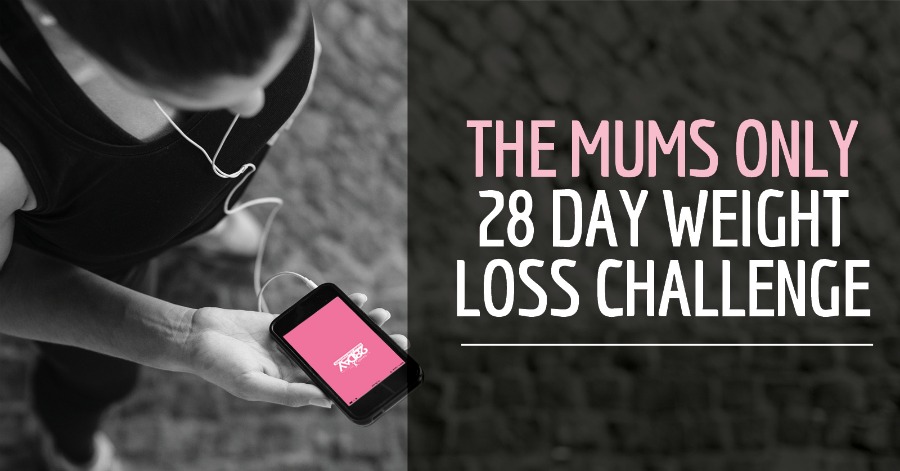
Our exercises supporting muscle separation are just ONE of the many exciting PARTS of our 28 Day Weight Loss Challenge.
More on our Challenge
Our 28 Day Weight Loss Challenge is an affordable, customisable weight loss program PROVEN to help mums reach their weight loss goals.
Our Challenge entails:
- 28 days of at home exercise routines (no gym needed) – with video instruction
- Customisable and breastfeeding friendly meal plans
- Time-efficient exercises for busy mums – under 30 mins
- Challenge combines Pilates exercises with interval and circuit training (HIIT)
- Suitable for basic to advanced fitness levels
- Home to thousands of EASY-TO-MAKE recipes.
To find out more on the 28 Day Weight Loss Challenge click here.

